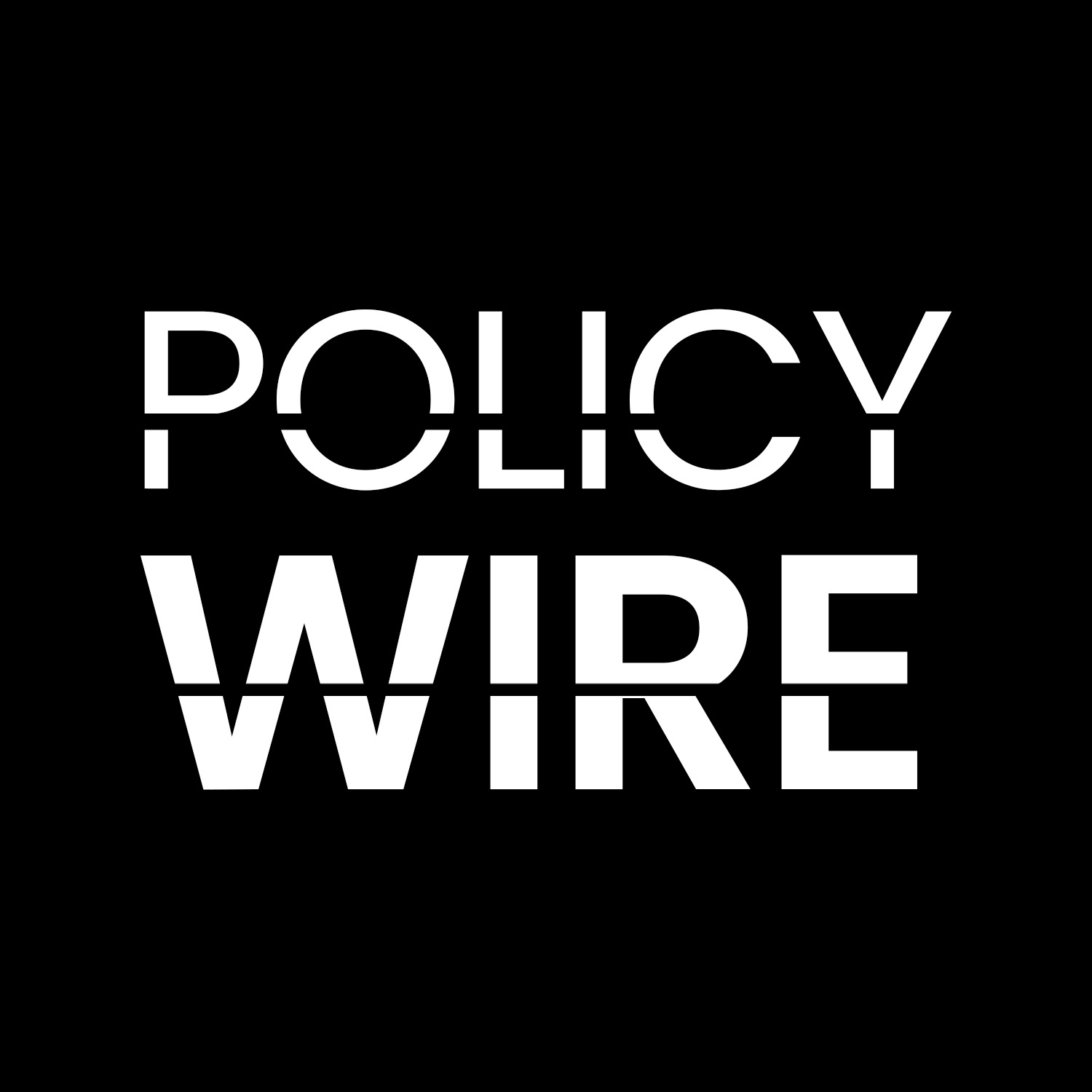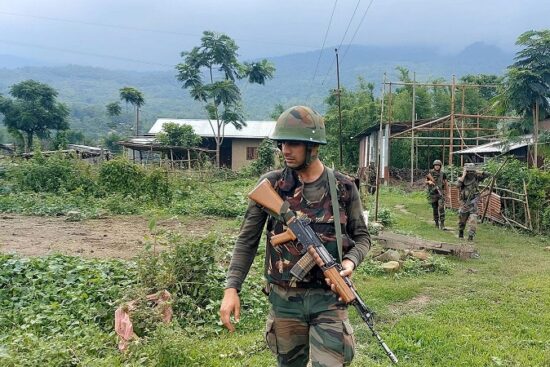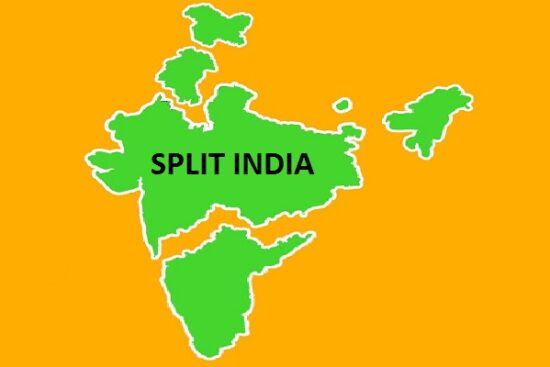
The headlines blared: “ Press Freedom Day: Why are journalists fleeing Pakistan?“ A recent article by a renowned German media outlet sparked a heated debate about press freedom in Pakistan. However, that mantra prompted the question: Was that an accurate representation of the entire Pakistani media landscape? Pakistan’s media industry is an intricate ecosystem, characterized by a blend of courageous and investigative journalism, unwavering resilience, and the ability to fathom undeniable difficulties. Let’s untangle the threads and examine the true state of press freedom in a dynamic nation like ours.
The article in question relies heavily on the anecdotal evidence from a handful of controversial individuals, who left Pakistan. In this piece, we hear from Noor Ul Amin Danish, a former investigative reporter who works at a currency exchange point in Canada. It also includes Mumtaz Hussain, who claims that journalists are “frequently abducted” in Islamabad. However, the article surely fails to specify the number of journalists who continue to work diligently within the country and are estimated to be over 50,000. Generalizing the experiences of a few, to represent the entire Pakistani media landscape, is grossly misleading. Moreover, this article lacks details about the journalistic qualifications and track records of the interviewees. It is important to ascertain if the journalists interviewed were truly engaged in investigative reporting, or were their practices less aligned with responsible journalism. Highlighting financial dissatisfaction without acknowledging the “hyperpartisan media landscape” that the article itself mentions, only fosters skepticism about the motivations of the so-called journalists.
Also Read: Foreign Media Spin on Pakistan
The data on journalist killings compiled by the Committee to Protect Journalists (CPJ) is indeed concerning only if it is true. The prospects of data being true remain highly bleak. The article neglects to mention the ongoing fight against terrorism and extremism that has plagued Pakistan for decades. This context is crucial, as it highlights the broader security environment that puts all citizens, including journalists, at some degree of risk. The article focuses heavily on physical threats, but a critical issue remains unaddressed: the psychological impact of online harassment and intimidation. This silent weapon against journalists is a clear and present danger not just in Pakistan, but worldwide.
Financial hardship remains to be an undeniable concern for Pakistani journalists. Independent media outlets, the lifeblood of investigative journalism, often grapple with limited advertising revenue. Traditional subscription models, once a reliable source of income, haven’t adapted well in the digital age. This financial struggle isn’t unique to Pakistan only; it’s a global challenge brought on by the disruption of digital platforms. However, attributing the journalists’ exodus solely to financial woes paints an incomplete picture. While it happens to be a significant factor, it is equally crucial to consider other pressing issues which contribute towards this complex situation.
The article by German media outlet fails to acknowledge many renowned media outlets and journalists, who continue to operate with integrity in Pakistan. Such courageous individuals investigate sensitive issues, hold powerful entities accountable, and contribute to a vibrant public discourse. Investigative journalism thrives in Pakistan, with promising outlets, consistently expose corruption and wrongdoings. Additionally, the rise of digital platforms has created new avenues for independent journalism, offering alternative voices and bypassing traditional gatekeepers. Pakistan therefore stays in pace with rest of the world, when it comes to journalism.
The path forward for press freedom in Pakistan necessitates a shift from relentless criticism to a collaborative approach that acknowledges both the existing challenges and the potential for positive change. A central pillar of this approach is empowering citizens through media literacy initiatives. Equipping the public with the critical thinking skills necessary to discern fact from fiction remains essential for a healthy media landscape. Moreover, strengthening professional journalism ethics and ensuring their application within media organizations is also needed. This can foster trust and bolster the credibility of Pakistani journalism at a global stage.
The article by Western media outlet, falls short of expectations as it only favours the negativity. A more constructive approach would be to propose concrete reforms and recommendations which could be implemented to address the challenges faced by Pakistani journalists. True progress requires collaboration, not relentless criticism, and by working together, all stakeholders can create a thriving and secure media environment for Pakistan. Pakistan’s press freedom landscape is evolving. While challenges persist, focusing solely on negative narratives does little to promote positive change.
The opinions shared in this article reflect the author’s personal views and do not necessarily align with the institution’s official stance.



















Leave a Reply